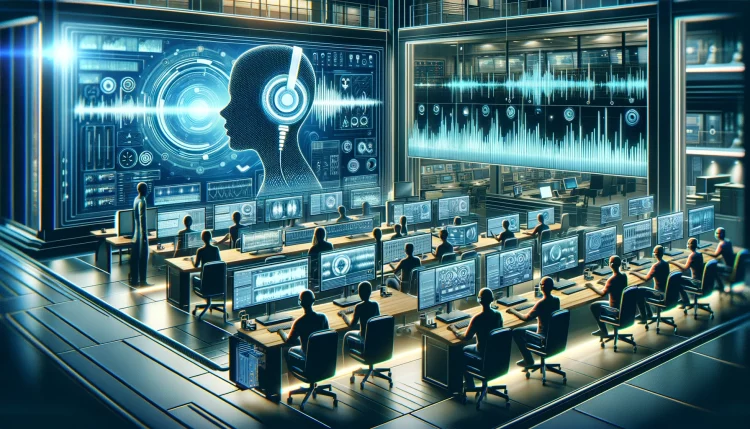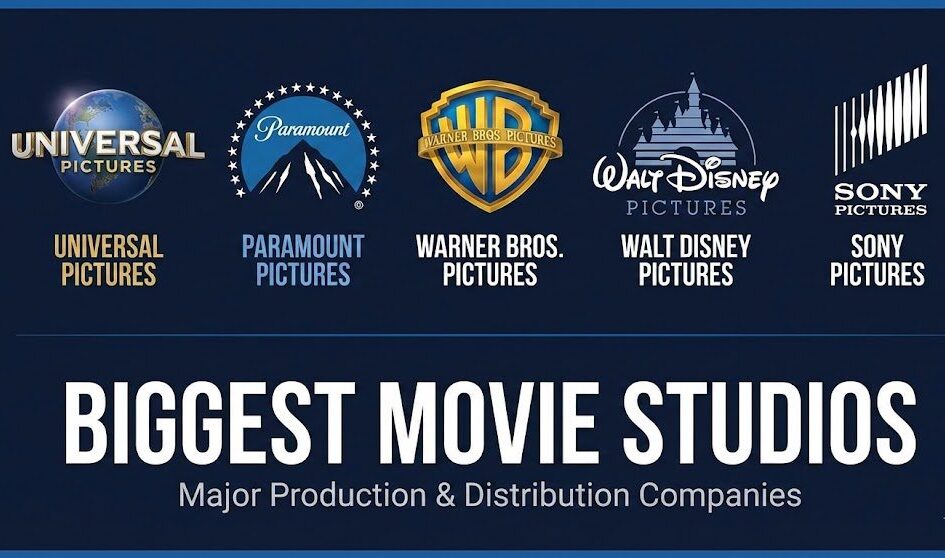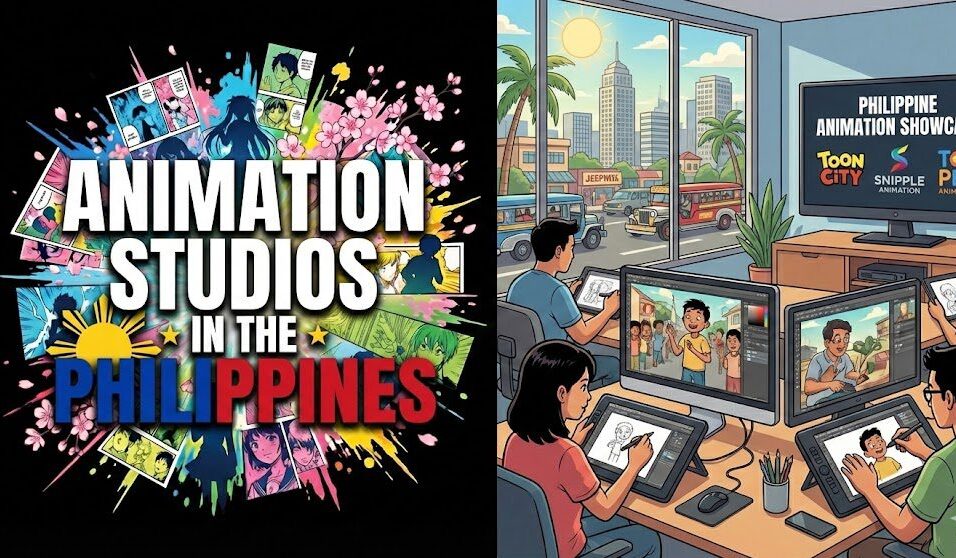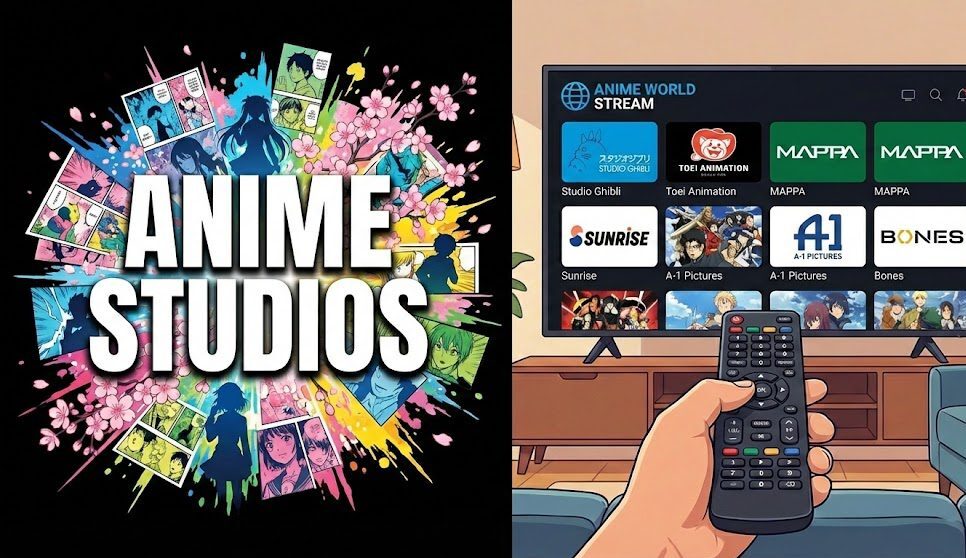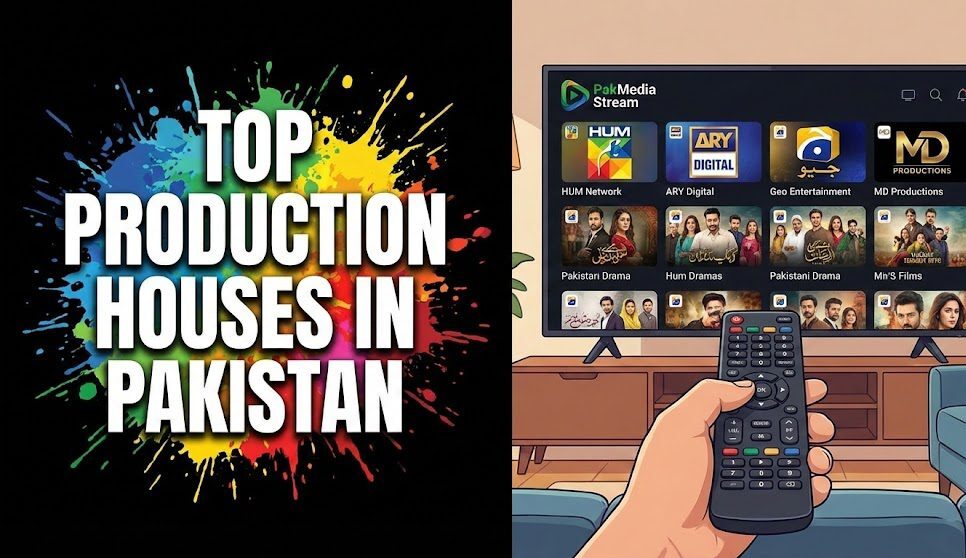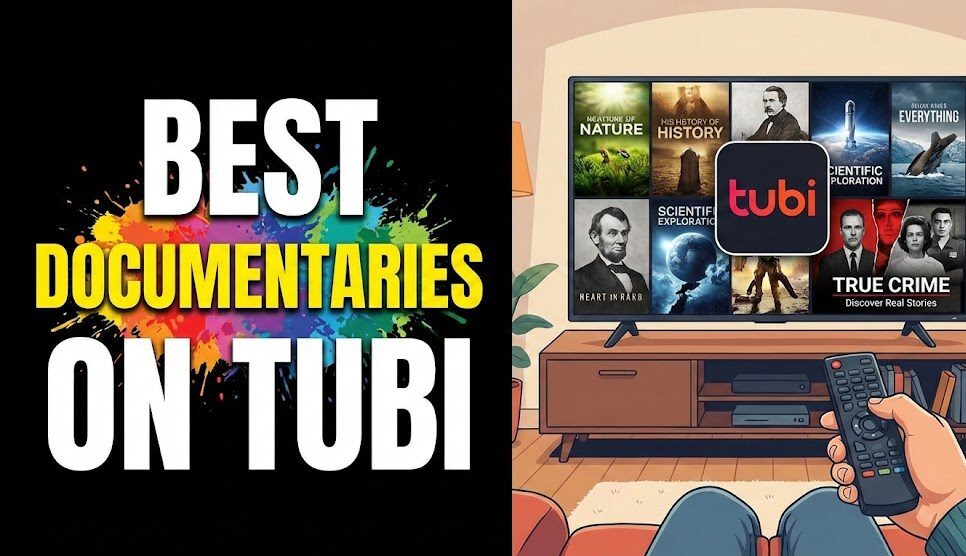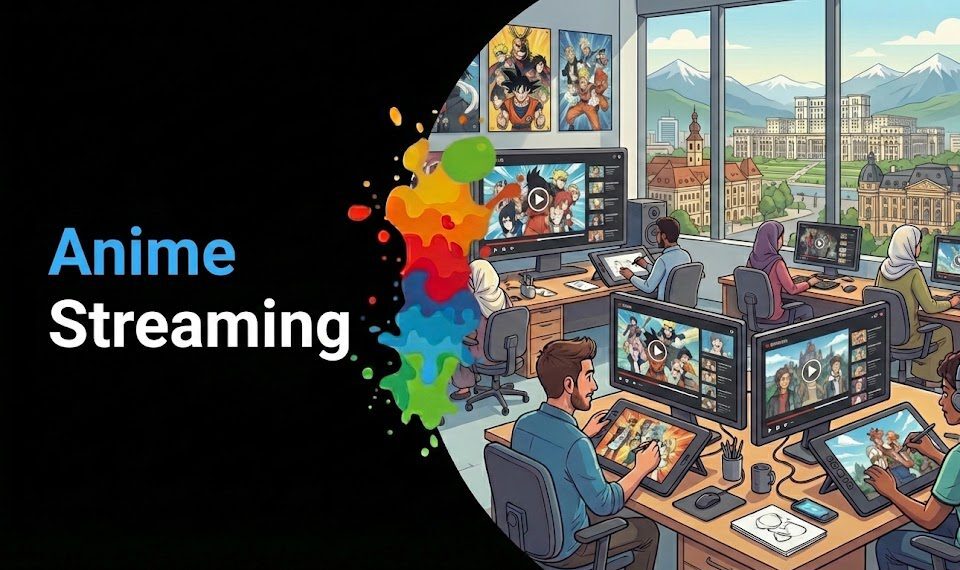Introduction
In filmmaking, the collaboration between directors and editors is essential to shaping the final version of a film. Editors bring the director’s creative vision to life, balancing technical execution with emotional pacing. Whether you’re working on an independent film or a major studio production, communication between these two roles ensures a seamless post-production process. In this article, we’ll explore the importance of director-editor collaboration, provide best practices, and highlight tools that can help streamline this essential partnership.
Key Takeaways
| Topic | Key Takeaways |
| Importance of Collaboration | Effective director-editor collaboration ensures the final cut aligns with vision. |
| Communication Best Practices | Clear, consistent communication avoids misalignment during the editing process. |
| Technological Tools | Explore tools that enhance collaboration in real-time or remote workflows. |
| Conflict Resolution | Understand common conflicts and learn techniques to navigate them smoothly. |
| Vitrina’s Role | Vitrina helps filmmakers find editors and post-production partners globally. |
Table of content
- Introduction: The Vital Role of Director-Editor Collaboration
- Understanding Director and Editor Roles
- Best Practices for Effective Collaboration
- Challenges and Common Issues
- Tools and Technologies for Collaboration
- Resolving Creative Conflicts
- The Future of Director-Editor Collaboration
- FAQs
- Key Takeaways
Need Help Streamlining Your Editing Workflow?

Understanding Director and Editor Roles
The Role of the Director
The director oversees the entire film project, from conception to final delivery. In the editing phase, they focus on:
- Aligning the final cut with their creative vision.
- Shaping the pacing, tone, and emotional depth of the story.
The Role of the Editor
The editor plays a key role in:
- Selecting and assembling the best takes to create a cohesive narrative.
- Ensuring the flow, continuity, and technical precision of the film.
| Role | Key Responsibilities |
| Director | Ensures the film’s pacing, tone, and emotional resonance match the intended creative vision. |
| Editor | Executes technical assembly and storytelling, ensuring the film is cohesive and seamless. |
For a deeper dive into the dynamics of this partnership, check out Director-Editor Collaboration.
Best Practices for Effective Collaboration
1. Clear and Consistent Communication
- Start with aligned expectations: Set goals early in the post-production process.
- Use references: Sharing visual examples can prevent misinterpretations.
2. Collaborative Editing Workflows
- Utilize collaborative software like Adobe Premiere Pro or Avid Media Composer.
- Keep feedback loops open and continuous to avoid backtracking.
3. Respecting Creative Roles
- Directors should trust the technical expertise of the editor.
- Editors should seek feedback but maintain focus on the technical craft.
- Bullet Points Summary:
- Set clear goals at the start.
- Use shared tools for feedback and edits.
- Respect the creative roles and technical boundaries.
For more insights, read about the Post-Production Workflow to further understand how these roles intersect during the editing process.
Discover How Directors and Editors Work Together Efficiently!

Challenges and Common Issues
Creative Conflicts
- Issue: Directors and editors can sometimes clash over pacing or shot selection.
- Solution: Schedule regular feedback sessions and maintain a shared vision.
Technological Barriers
- Issue: Remote workflows can introduce delays in feedback and communication.
- Solution: Use cloud-based collaboration tools like Frame.io or Shotgun to streamline workflows.
Common Problems:
- Conflicting views on pacing.
- Disagreement on which takes to use.
- Technical delays in remote workflows.
Learn more about how to manage these challenges in our Best Editing Software for 2024 guide.
Tools and Technologies for Collaboration
1. Editing Software for Collaboration
- Adobe Premiere Pro: Industry-standard editing software with built-in tools for real-time collaboration.
- Avid Media Composer: Best for large productions that require more complex edits.
2. Cloud-Based Collaboration Platforms
- Frame.io: Allows real-time review, feedback, and approvals remotely.
- Shotgun: Tracks edits and version control, ideal for complex VFX workflows.
| Software | Description |
| Adobe Premiere Pro | Best for real-time collaboration and shared edits. |
| Avid Media Composer | Preferred for complex, multi-editor projects. |
| Frame.io | Facilitates real-time reviews and feedback. |
| Shotgun | Ideal for managing VFX and complex post-production timelines. |
Explore more tools to boost your workflow in Best Editing Tools.
Ready to Elevate Your Film’s Post-Production?

Resolving Creative Conflicts
1. Be Open to Compromise
- Directors should be open to feedback, understanding that editors may see technical or storytelling aspects they may not.
- Editors should respect the director’s vision and adapt their work to suit that perspective.
2. Schedule Regular Feedback
- Establish a routine for showing progress and gathering feedback to ensure both parties remain aligned.
- Conflict Resolution Tips:
- Regularly review edits together.
- Encourage openness and creative flexibility.
- Align on pacing, tone, and the final cut early.
For more on navigating these challenges, visit Importance of Timing in Editing.
The Future of Director-Editor Collaboration
AI in Editing
- AI technology is now streamlining aspects of post-production, including:
- Automated scene selections.
- AI-driven color correction and pacing adjustments.
Cloud-Based Workflows
- Remote teams can now collaborate seamlessly with cloud-based tools that allow real-time edits, comments, and feedback—enhancing the speed and precision of editing projects.
Read more about how AI is transforming the future of film editing.
Key Takeaways
- Effective collaboration between directors and editors is critical for producing a cohesive, high-quality film.
- Clear communication, respect for each role, and using the right tools can resolve conflicts and streamline workflows.
- Vitrina can help filmmakers connect with editors, offering solutions tailored to their project’s post-production needs.
Frequently Asked Questions
Editors assemble and refine the raw footage to create the final version of the film, ensuring flow and technical quality.
Open communication and scheduled feedback loops help keep both parties aligned on the vision for the final cut.
Tools like Adobe Premiere Pro and Frame.io allow real-time feedback, streamlining the editing process.
This collaboration ensures that both creative vision and technical excellence are balanced, resulting in a polished final product.
Platforms like Vitrina help connect filmmakers with post-production experts based on their project needs.




